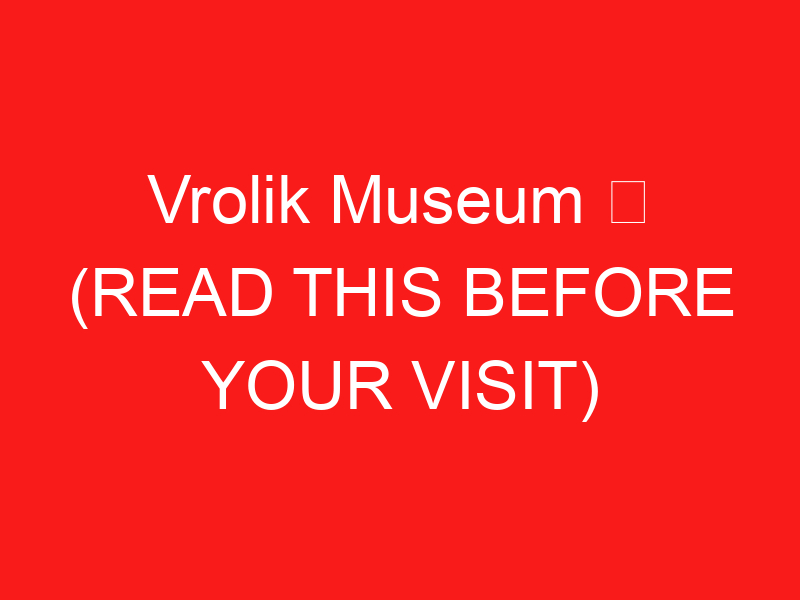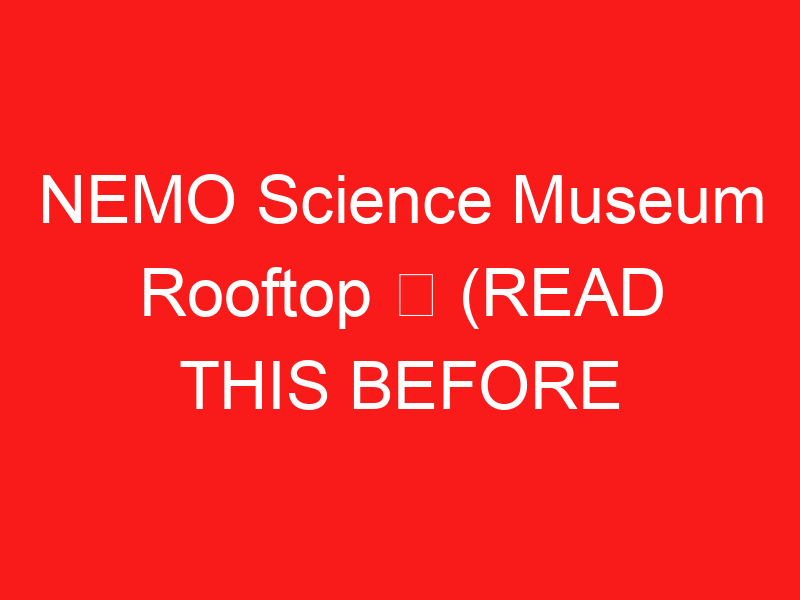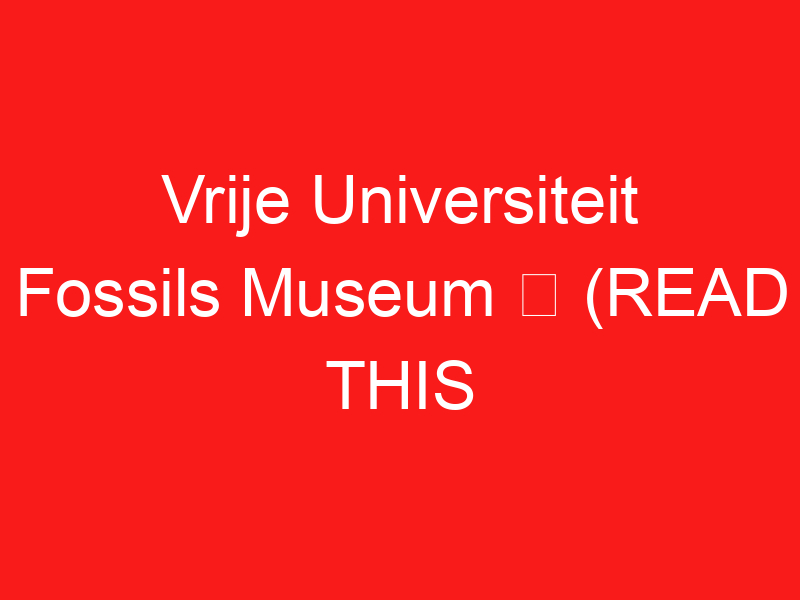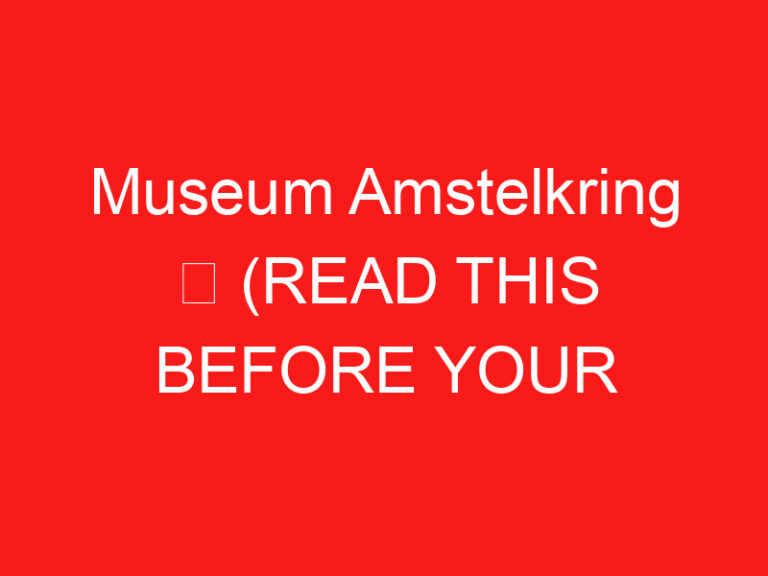Vrolik Museum ➥ (방문하기 전에 이것을 읽으십시오)
Welcome to the fascinating world of the Vrolik Museum, 암스테르담 중심부에 위치한 숨겨진 보석. This unique museum is dedicated to the history of medicine, anatomy, and the wonders of human and animal biology.
Whether you’re a science enthusiast, a curious traveler, or someone simply looking for an extraordinary experience, the Vrolik Museum offers a captivating journey into the intricate workings of life itself.
이 기사에서, we will explore everything you need to know before your visit, from its rich history and collections to practical tips that will enhance your experience. Get ready to dive deep into the extraordinary!
History of the Vrolik Museum
The Vrolik Museum was established in the early 19th century, thanks to the efforts of two prominent figures in the field of medicine: Professor Gerardus Vrolik and his son, Willem Vrolik.
Gerardus Vrolik was a renowned anatomist and obstetrician who dedicated his life to the study of human and animal anatomy. His passion for collecting anatomical specimens led to the formation of a vast collection that would eventually become the foundation of the museum.
Over the years, the museum has grown significantly, housing thousands of specimens that reflect the evolution of medical science and the understanding of anatomy.
오늘, the Vrolik Museum is part of the University of Amsterdam and serves as an educational resource for both students and the general public.
Visitors can explore a wide array of exhibits that showcase not only anatomical specimens but also historical medical instruments and models.
The museum’s commitment to education and research makes it a vital part of Amsterdam’s cultural landscape, attracting visitors from around the globe.
방문 중 기대할 수 있는 사항
When you step into the Vrolik Museum, prepare to be amazed by the diverse range of exhibits on display.
The museum features over 5,000 specimens, including preserved human and animal remains, anatomical models, and various medical artifacts.
One of the highlights of the museum is its collection of congenital anomalies, which provides insight into the complexities of human development.
Visitors can see preserved specimens of various conditions, allowing for a deeper understanding of the human body and its variations.
또한, the museum showcases a collection of historical medical instruments, offering a glimpse into the evolution of medical practices over the centuries.
The layout of the museum is designed to facilitate learning, with informative labels and descriptions accompanying each exhibit.
Whether you’re a student of medicine or simply curious about the human body, the Vrolik Museum provides an enriching experience that is both educational and thought-provoking.
Practical Information for Your Visit
Before you head to the Vrolik Museum, it’s essential to know some practical details to make your visit as smooth as possible.
**Opening hours** are typically from 10 AM to 5 PM, Tuesday through Sunday, but it’s wise to check the museum’s official website for any changes or special events.
**Location**: The museum is conveniently located at the University of Amsterdam, making it easily accessible by public transportation.
**Tickets** can be purchased online or at the entrance, with discounts available for students and groups.
It’s advisable to book your tickets in advance, 특히 관광 성수기에는 더욱 그렇습니다, to avoid long waiting times.
**Guided tours** are available and highly recommended for those who want a deeper understanding of the exhibits.
These tours are led by knowledgeable guides who can provide valuable insights and answer any questions you may have.
또한, the museum has a small gift shop where you can purchase books and souvenirs related to anatomy and medical history, making it a perfect place to find unique gifts.
Engaging with the Exhibits
One of the most rewarding aspects of visiting the Vrolik Museum is the opportunity to engage with its exhibits on a personal level.
The museum is designed to encourage curiosity and exploration, with many interactive displays that allow visitors to learn through hands-on experiences.
For example, you may find touch screens that provide additional information about specific specimens, including their scientific significance and historical context.
또한, the museum often hosts temporary exhibitions that focus on specific themes or topics within the realm of anatomy and medicine.
These exhibitions are curated to provide fresh perspectives and insights, making each visit unique.
As you walk through the museum, take your time to reflect on the specimens and the stories they tell.
Each piece is a testament to the complexities of life and the advancements in medical science that have come from studying these intricacies.
Don’t hesitate to ask museum staff for more information; they are passionate about the collections and eager to share their knowledge with visitors.
Visitor Tips for a Memorable Experience
This will help you prioritize what you want to see and make the most of your time there.
2. **Take Notes**: If you’re particularly interested in certain specimens, bring a notebook to jot down your thoughts or questions.
This can enhance your learning experience and provide material for further research later.
3. **Visit During Off-Peak Hours**: If possible, try to visit during weekdays or early in the morning to avoid large crowds.
This will allow you to enjoy the exhibits at your own pace.
4. **Participate in Workshops**: Keep an eye out for any workshops or special events hosted by the museum.
These can provide interactive experiences and opportunities to learn from experts in the field.
5. **Engage with Staff**: Don’t hesitate to approach museum staff with questions.
They can offer valuable insights and may even share stories about specific exhibits that you wouldn’t find in the labels.
6. **Capture the Moment**: Photography is allowed in most areas of the museum, so feel free to take pictures.
그렇지만, be respectful of other visitors and avoid using flash.
7. **Reflect and Discuss**: After your visit, take some time to reflect on what you learned and discuss it with friends or family.
This can deepen your understanding and appreciation of the subjects explored in the museum.
Frequently Asked Questions about Vrolik Museum
| 질문 | 대답 |
|---|---|
Is the Vrolik Museum suitable for children? |
The museum is primarily geared towards adults and older students, but children may find certain exhibits interesting. 그렇지만, parental discretion is advised due to the nature of some displays. |
Are there any guided tours available? |
예, guided tours are available and can be booked in advance. They provide in-depth information about the exhibits and enhance the overall experience. |
Can I take photographs in the museum? |
Photography is generally allowed, but flash photography is prohibited. Always check the specific rules upon arrival. |
Is there a gift shop at the museum? |
예, the Vrolik Museum has a small gift shop where you can purchase books, souvenirs, and educational materials related to anatomy and medical history. |
What is the best time to visit the museum? |
The best time to visit is during weekdays or early in the morning to avoid crowds. Check for any special events that might attract larger groups. |
Are there any special exhibitions or events? |
The museum regularly hosts special exhibitions and events. Check the official website for the latest information on upcoming activities. |
How can I get to the Vrolik Museum? |
The museum is easily accessible by public transportation. Check local transit options for the best routes to the University of Amsterdam. |
결론: Your Journey Awaits at the Vrolik Museum
The Vrolik Museum is a treasure trove of knowledge, offering a unique glimpse into the world of anatomy and medical history.
With its extensive collection of specimens and artifacts, it serves as both an educational resource and a source of inspiration for all who visit.
Whether you are a seasoned medical professional, a student, or simply a curious traveler, the museum promises an unforgettable experience that will deepen your understanding of the human body and its complexities.
방문을 준비할 때, keep in mind the practical tips and insights shared in this article to make the most of your time at the museum.
Engage with the exhibits, participate in guided tours, and take the opportunity to learn from the knowledgeable staff.
With each specimen telling a story, the Vrolik Museum invites you to explore the wonders of life and the advancements of medical science.
So pack your curiosity and get ready for an enlightening journey at the Vrolik Museum!


























